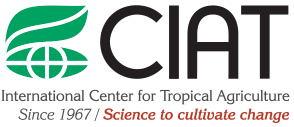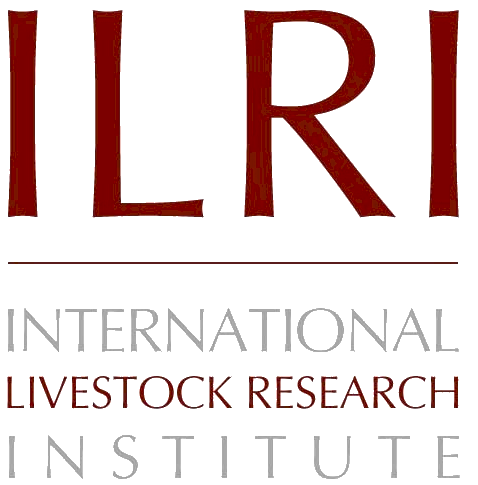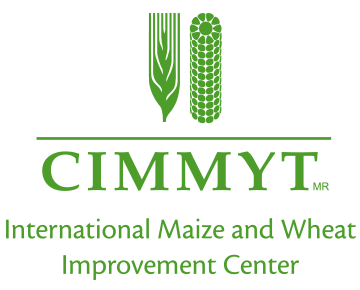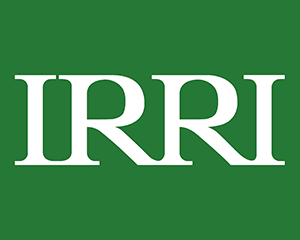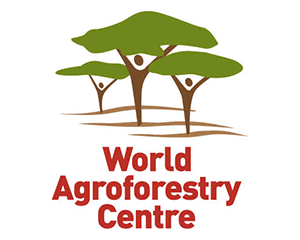This article analyses the greenhouse gas (GHG) impact potential of improved management practices and technologies for smallholder agriculture promoted under a global food security development program. Under ‘business-as-usual’ development, global studies on the future of agriculture to 2050 project considerable increases in total food production and cultivated area. Conventional cropland intensification and conversion of natural vegetation typically result in increased GHG emissions and loss of carbon stocks. There is a strong need to understand the potential greenhouse gas impacts of agricultural development programs intended to achieve large-scale change, and to identify pathways of smallholder agricultural development that can achieve food security and agricultural production growth without drastic increases in GHG emissions. In an analysis of 134 crop and livestock production systems in 15 countries with reported impacts on 4.8 million ha, improved management practices and technologies by smallholder farmers significantly reduce GHG emission intensity of agricultural production, increase yields and reduce post-harvest losses, while either decreasing or only moderately increasing net GHG emissions per area. Investments in both production and post-harvest stages meaningfully reduced GHG emission intensity, contributing to low emission development. We present average impacts on net GHG emissions per hectare and GHG emission intensity, while not providing detailed statistics of GHG impacts at scale that are associated to additional uncertainties. While reported improvements in smallholder systems effectively reduce future GHG emissions compared to business-as-usual development, these contributions are insufficient to significantly reduce net GHG emission in agriculture beyond current levels, particularly if future agricultural production grows at projected rates.
October 23, 2018


